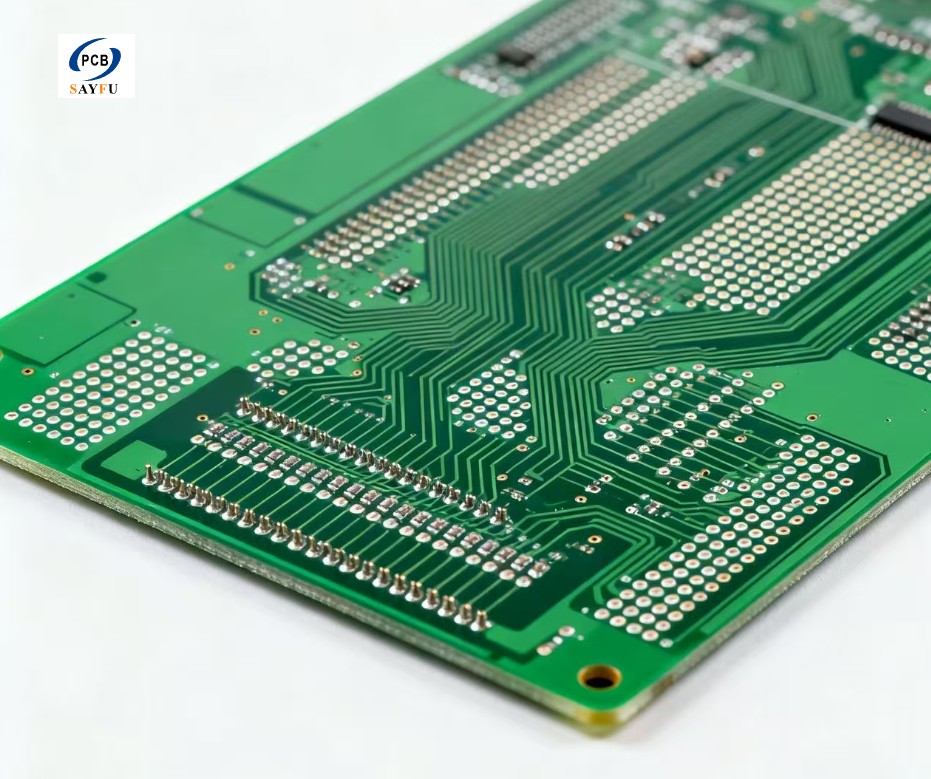High Density Interconnect (HDI) technology is a foundational approach in modern printed circuit board (PCB) design. It addresses the constant demand for smaller, faster, and more powerful electronic devices. This advanced methodology allows for a significantly higher number of components and connections in a much smaller area. Consequently, HDI is essential for creating the compact, high-performance gadgets we use daily.
Core Concepts of the Technology
The primary goal of any High Density Interconnect board is to maximize functionality in a minimal space. This is achieved by using finer lines, micro-vias, and multiple sequential lamination cycles. Furthermore, these boards often incorporate buried and blind vias, which save surface area. Therefore, designers can place components more closely together, leading to more compact and efficient device layouts.
Advantages of High Density Interconnect
Adopting this technology offers numerous significant benefits. Firstly, it enables substantial product miniaturization. Secondly, the shorter electrical paths enhance signal integrity and speed. Moreover, a well-designed High Density Interconnect layout can improve thermal performance and overall reliability. For instance, the reduced size and weight are critical for applications like smartphones and wearable technology.

Key Manufacturing Processes of High Density Interconnect
The production of an HDI board involves precise and sophisticated techniques. Laser drilling is used to create the extremely small micro-vias, which are crucial for interconnection. Additionally, sequential lamination builds the board layer by layer. This process allows for complex internal structures. Consequently, careful material selection and advanced equipment are mandatory to achieve the required density and reliability.
Applications Across Industries
Finally, the use of High Density Interconnect technology spans numerous sectors. It is indispensable in consumer electronics, such as laptops and tablets. Similarly, the medical and automotive industries rely on HDI for advanced devices like pacemakers and GPS systems. In summary, this technology is a key enabler for innovation, allowing engineers to push the boundaries of what is possible in electronic design.